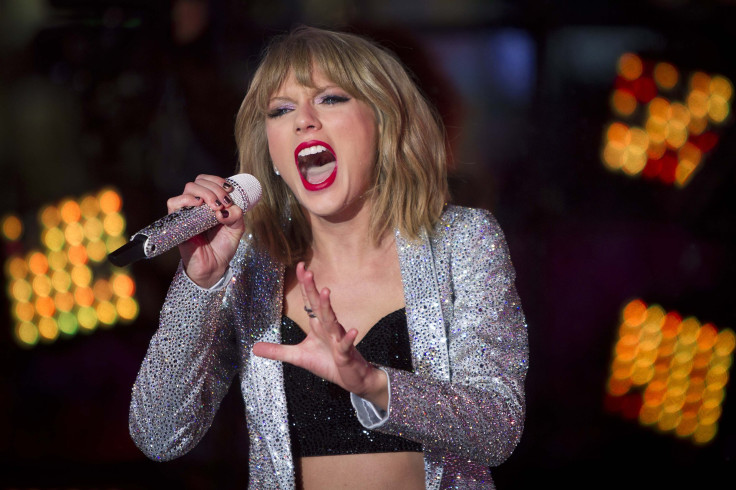Artists Fear Apple's Low-Priced Music Service Will Cut Further Into Their Streaming Income

Apple’s forthcoming subscription music service has been described as a Spotify-killing game changer. But for artists, a larger question looms: What happens when the world’s largest seller of digital music begins to push streams rather than sales to its millions of customers? Can artists survive on a stream made up of fractions of pennies? And, if Apple stops selling songs, will artists have any other choice?
“This is the issue that’s constantly getting swept under the rug by streaming services,” Marc Ribot, the co-founder of the Content Creators Coalition, said. “Spotify’s rates are not sustainable for the vast number of working artists.”
When rumored details about Apple’s imminent subscription service began to circulate Wednesday, coverage focused principally on two things:
- the service’s integration with both Apple and Android devices; and
- its $7.99 per month price.
That price point has not yet been confirmed. “It is not a done deal,” said Tom Silverman, the founder of Tommy Boy Records, who serves on the board of Merlin, a nonprofit negotiating body that represents the music industry’s independent labels. But whatever the rate winds up being, its funds will still be funneled into an agreement designed to principally benefit the major labels rather than the artists.
Labels Have All The Leverage
“They're building these enormous businesses on the backs of the folks who benefit least,” Casey Rae, the director of the nonprofit Future of Music Coalition, said. “That's a structural inequity where the blame cannot be laid at one party's feet.... The labels want the same thing every time. They want cash advances, they want ‘most favored nation’ status so nobody can undercut them, they want equity in your company, they want nonplay-related income.”
Because major label participation is crucial to the success of these services, their terms are typically met. Artists, who lack leverage and crucial details about the agreements between subscription services and labels, are not in the same position to negotiate.
“For an artist, there's nothing in their contract that guarantees any of that revenue will get back to them,” Rae said. After taxes, more than 73 percent of the money Spotify pays out heads to labels, with the remaining slice divided between songwriters and artists, according to study conducted in France.
Instant Scale
Silverman believes that if Apple manages to carve out a dominant market position, the reported price will not be responsible. “I don't think price has anything to do with it,” Silverman said. “When Apple raised its prices from 99 cents to $1.29, there was no decline in sales. This is not a price-sensitive market.”
Instead, Silverman said, it will be the fact that Apple will be able to offer the more than 500 million customers it has worldwide the chance to try this new service with a single click. “It will be 20 times as big as Spotify within the first month that it launches,” Silverman said. “All people have to do is press a button that says, ‘Yes I want it,’” he added. “They have this great chance to get a high conversion rate.”
If sales remain a component of the service, that could mitigate the damage done to artists' bottom lines. “A lower-priced streaming service that’s linked to iTunes and is pushing sales on iTunes could conceivably be beneficial,” Ribot said, adding that it would be better still if there is no free version of the service.
“The idea that YouTube and Spotify’s free tier benefits artists by reducing black market sites is strangely reminiscent of certain failed military concepts,” Ribot said. “They’re essentially destroying our market in order to save it.”
But if sales of songs and albums disappear, or if consumers lose their appetite for them, that would put artists in a tough spot. An artist such as Taylor Swift, who famously pulled her music off Spotify because she was unhappy with the returns she saw from streaming, may no longer be able to use a market-dominant digital store like iTunes's as leverage against streaming services. Instead, stream-averse artists will have to try to survive on physical sales, as well as digital sales from Amazon and Google Play, which have much smaller market share.
“Artists need sustainable rates of pay,” Ribot said. “Otherwise we can’t afford to make art.”
© Copyright IBTimes 2025. All rights reserved.





















